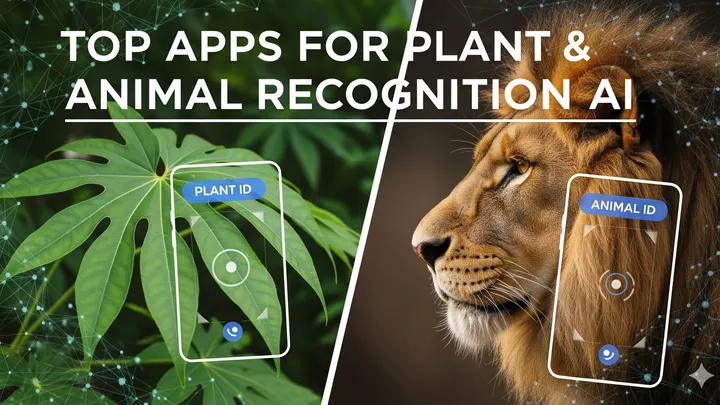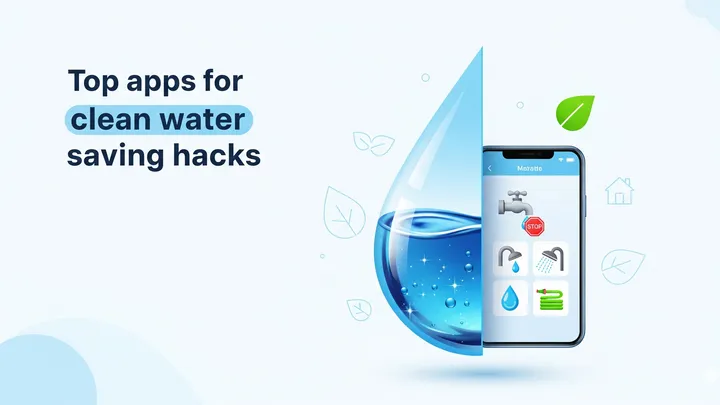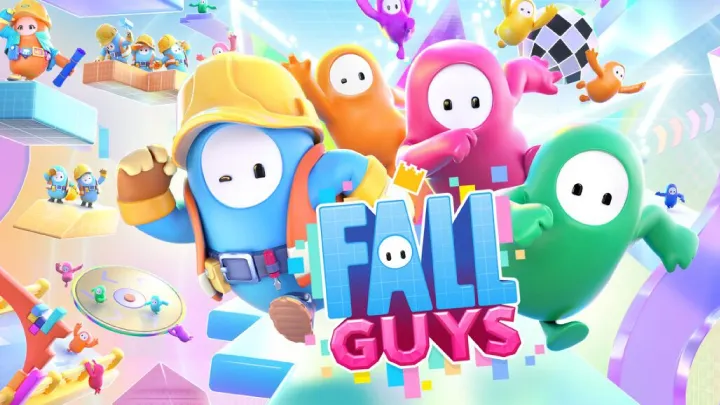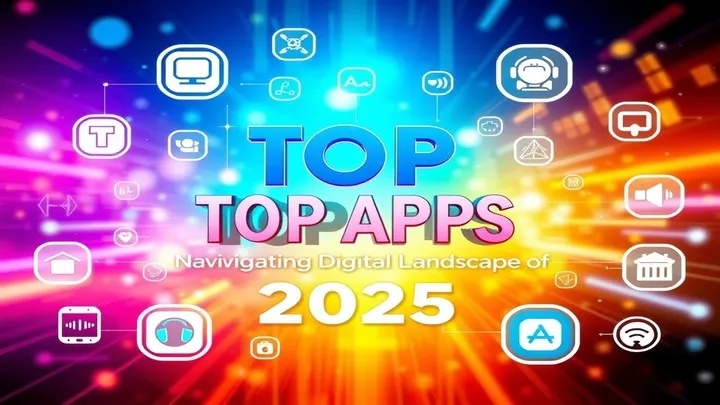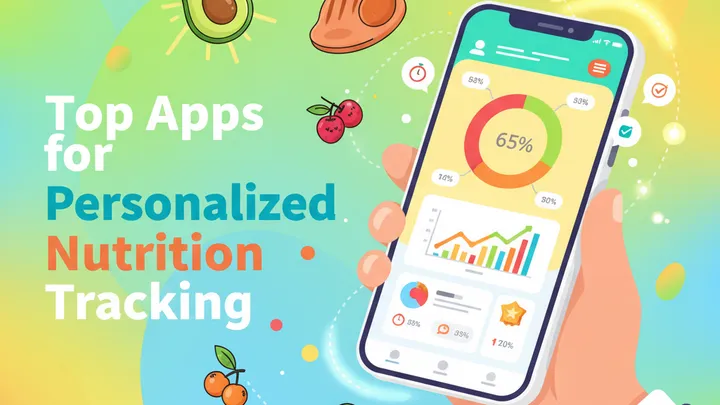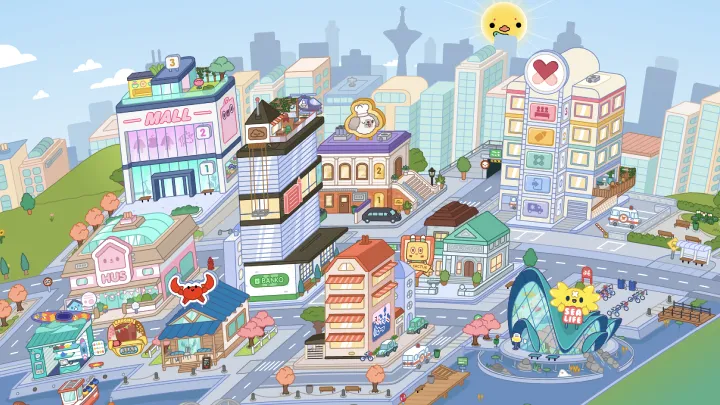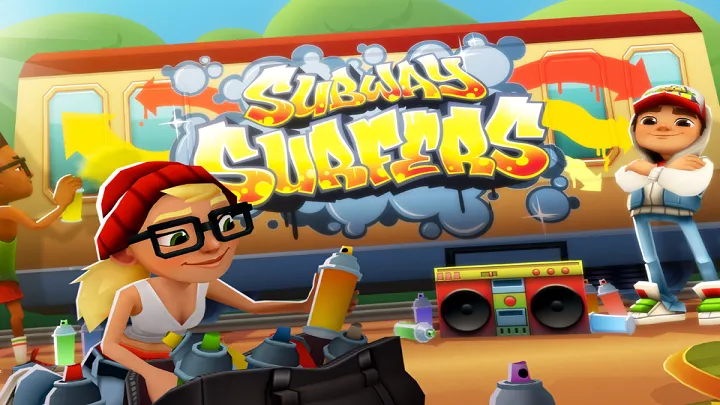Water is one of the most essential resources for life, yet it is increasingly under threat from climate change, population growth, and pollution. Every drop counts, and technology has stepped up to help. Today, there are dozens of apps designed to promote water conservation, from monitoring household usage to teaching daily saving hacks. Whether you’re a homeowner looking to cut down on bills, an eco-conscious citizen aiming to reduce waste, or a farmer seeking sustainable irrigation methods, the right app can help you make smarter choices.
In this article, we’ll explore the top apps for clean water saving hacks, highlight their features, and show you how they can empower individuals, families, and communities to save water in meaningful ways.
1. Dropcountr – Real-Time Water Usage Monitoring
Dropcountr is one of the most innovative apps in the water conservation space. It connects directly with your local water utility to provide real-time updates on household water usage. By showing detailed reports, Dropcountr makes it easy to see where water is being wasted—whether it’s a leaking faucet, a long shower, or inefficient appliances.
Key features:
- Real-time household water consumption data
- Notifications about leaks or abnormal spikes in usage
- Personalized water-saving goals
- Integration with some utility rebate programs
By offering transparency, Dropcountr helps households reduce waste and stay on track with both conservation and cost savings.
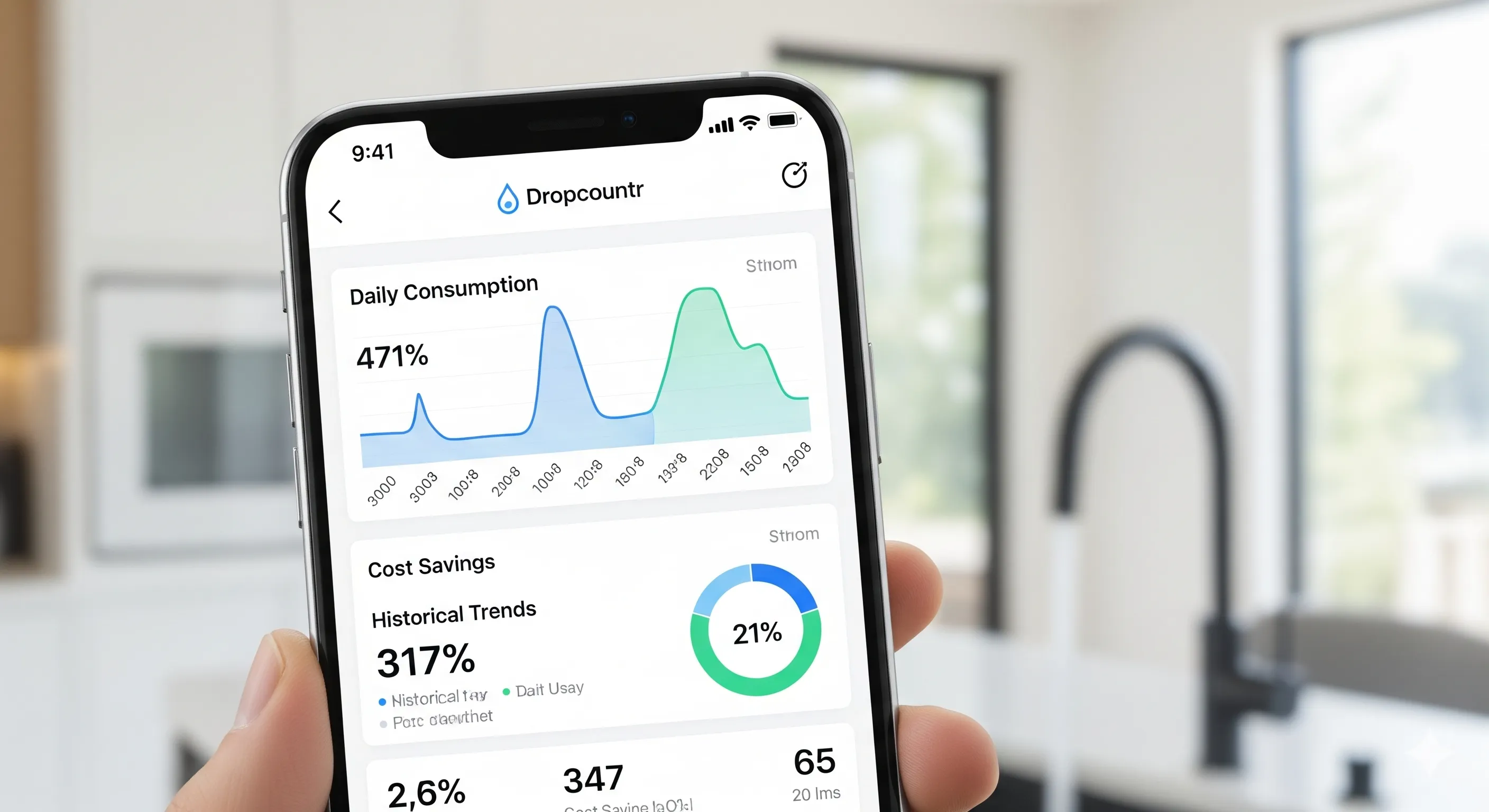
2. Waterprint – Track Your Hidden Water Footprint
Waterprint is unique because it goes beyond tracking just direct water use. It helps users understand the “virtual water” footprint—the hidden water that goes into producing everyday goods like food, clothing, and energy. For example, a cup of coffee can take up to 140 liters of water to produce.
Key features:
- Database of items with estimated water footprints
- Personalized tracking of indirect water consumption
- Daily and weekly progress reports
- Educational tips for smarter consumption
By making the invisible visible, Waterprint empowers users to rethink their choices and adopt habits that reduce water consumption on a broader scale.
3. H2O Tracker – Gamifying Water Saving
For those who love a gamified experience, H2O Tracker makes water conservation fun and engaging. It turns saving water into a daily challenge, rewarding users for completing tasks like taking shorter showers, fixing leaks, or using water-efficient appliances.
Key features:
- Gamified water-saving challenges
- Achievements, badges, and leaderboards
- Community sharing to inspire friends and family
- Simple usage logging for quick entries
H2O Tracker is especially popular among families and schools, making water saving an interactive activity that’s both educational and impactful.
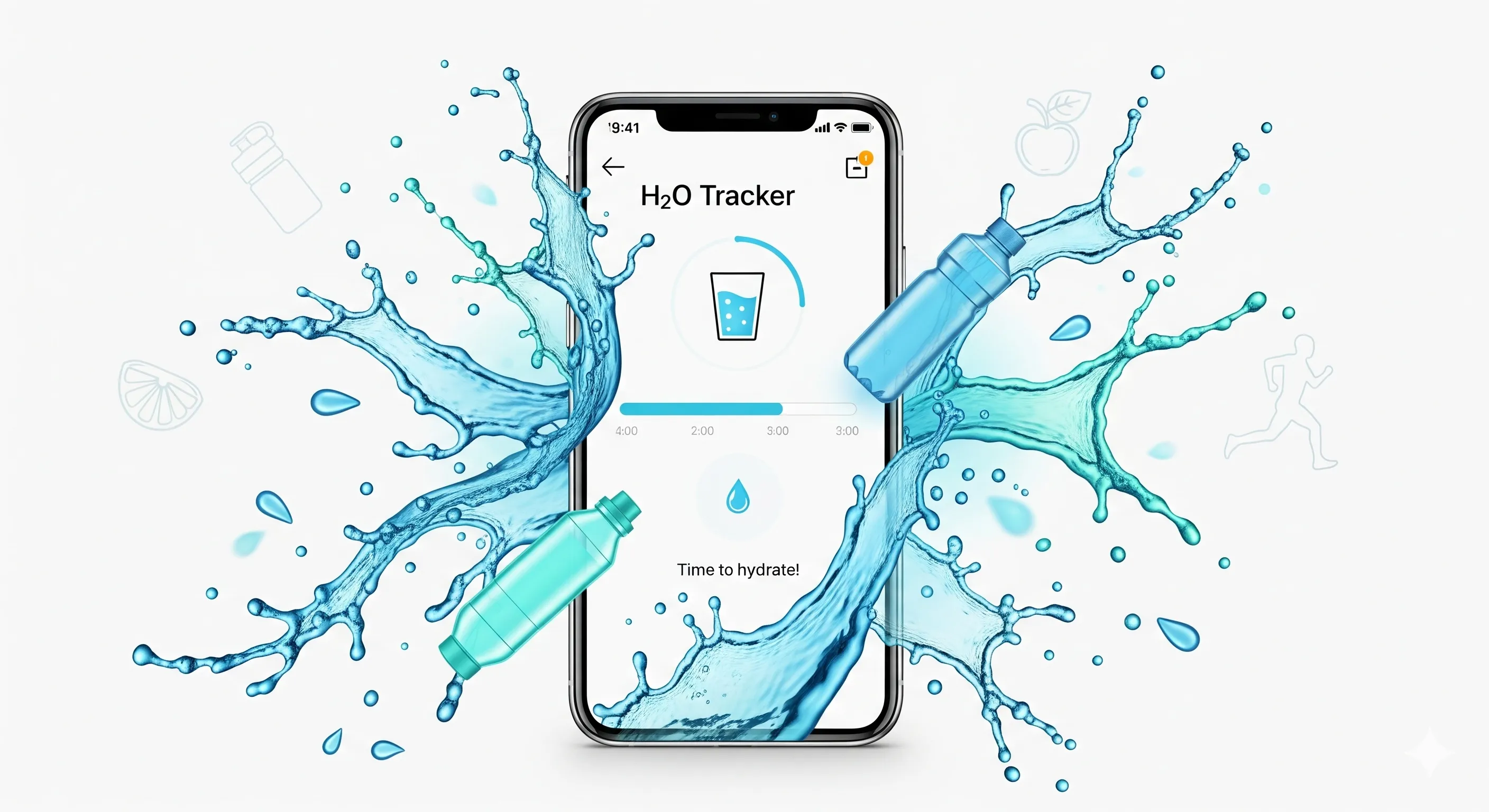
4. Aqualert – Stay Hydrated While Saving Water
Aqualert takes a dual approach: it reminds users to drink enough water for health, while also promoting mindful hydration. Many people unknowingly overuse bottled water or ignore the sustainability aspect of hydration. Aqualert helps track hydration goals while encouraging eco-friendly practices like using reusable bottles and filtered tap water.
Key features:
- Personalized hydration reminders
- Health-based water intake recommendations
- Eco-friendly tips for reducing water waste
- Integration with wearables like Fitbit and Apple Health
It’s a great option for those who want to balance personal wellness with water conservation awareness.
5. Smart Irrigation Apps – Saving Water in Agriculture
Agriculture consumes nearly 70% of the world’s freshwater supply. Smart irrigation apps like Hydrawise and Rachio help farmers and gardeners save water by providing weather-based irrigation schedules, soil moisture data, and leak detection.
Key features (Hydrawise/Rachio):
- Weather-adaptive watering schedules
- Soil moisture sensor integration
- Remote irrigation control via smartphone
- Reports on water savings and efficiency
These apps have proven to reduce water consumption in agriculture by up to 50%, making them critical tools for sustainable farming and urban gardening.
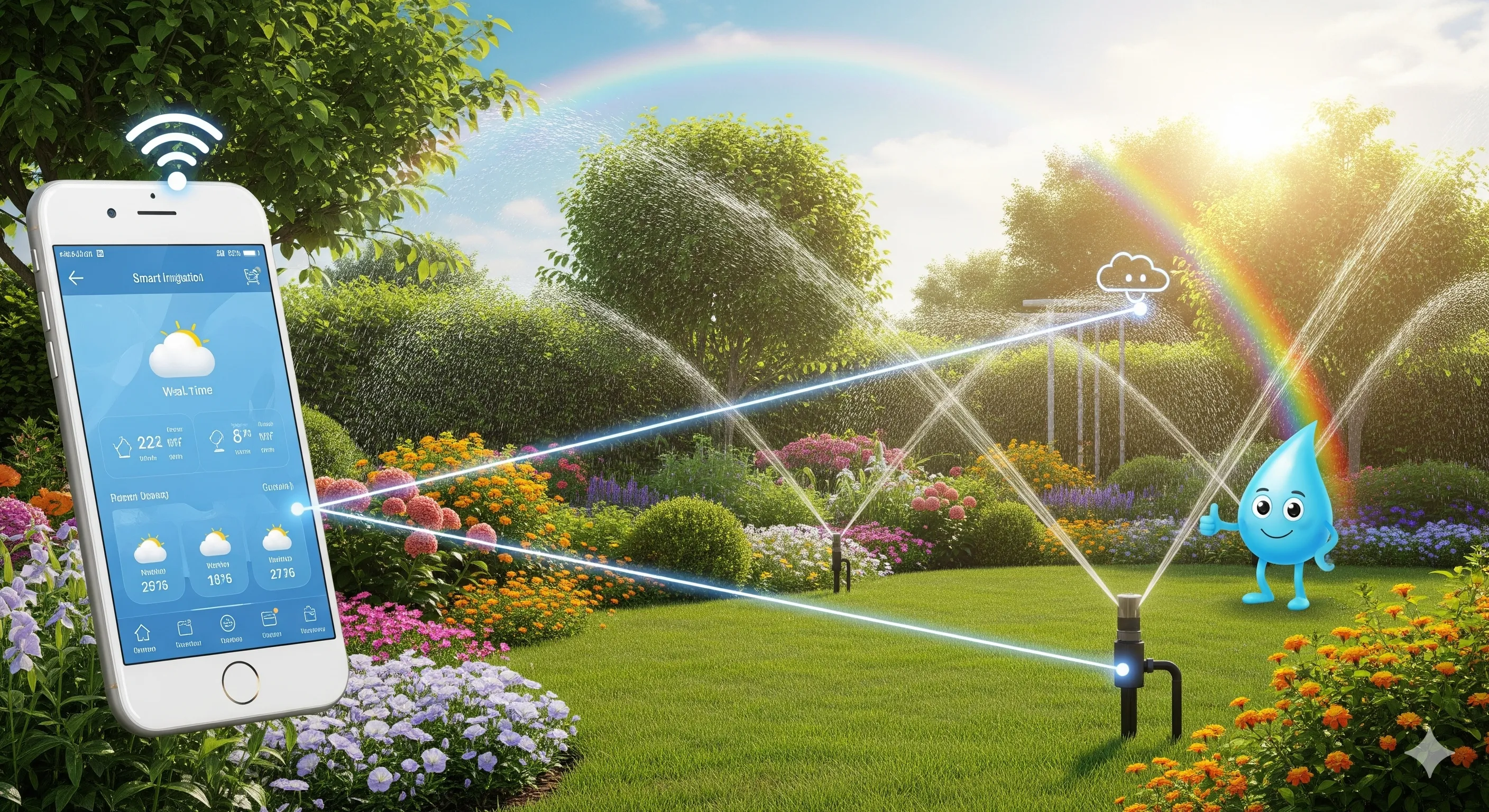
6. WaterSmart – Community-Based Water Conservation
WaterSmart connects entire communities to smarter water use. Designed to work with municipalities, it provides households with personalized reports, conservation tips, and rebate options for water-efficient appliances.
Key features:
- Community-level water-saving challenges
- Household consumption reports compared with neighbors
- Rebates for water-saving devices
- Leak detection alerts
By creating a sense of community accountability, WaterSmart helps households save an average of 5–15% on water use while also supporting broader municipal conservation goals.
Why Water-Saving Apps Matter
Water-saving apps are more than just tools—they are part of a larger movement toward sustainable living. Here’s why they matter:
- Awareness: Many people underestimate their daily water consumption. Apps make it measurable and visible.
- Behavior change: Through reminders, tips, and gamification, apps encourage long-term habits.
- Cost savings: Lowering water usage also reduces monthly utility bills.
- Community impact: When adopted widely, these apps can help entire cities reduce strain on water supplies.
Everyday Water-Saving Hacks with Apps
These apps work best when paired with simple everyday habits, such as:
- Taking showers instead of baths.
- Turning off taps while brushing teeth.
- Using dishwashers and washing machines only with full loads.
- Collecting rainwater for gardening.
- Fixing leaks as soon as they’re detected.
By tracking these actions with apps, you create accountability and see tangible results over time.
The Future of Water-Saving Technology
The future looks bright for digital water conservation. Advancements in AI, IoT, and smart sensors are making apps more accurate and automated. Imagine a world where:
- Your home automatically detects and shuts off leaks.
- Farmers get precise irrigation recommendations based on satellite imagery.
- Cities monitor water distribution in real-time to prevent waste.
As these technologies integrate further into apps, individuals will gain even more control over their water footprint.
Conclusion
Clean water is a limited but critical resource. By leveraging apps for water-saving hacks, individuals and communities can take meaningful steps toward conservation. Whether it’s Dropcountr’s real-time monitoring, Waterprint’s hidden footprint insights, or H2O Tracker’s gamified challenges, there’s an app for every lifestyle and need.
The path to sustainability begins with small, consistent actions—and these apps make it easier, smarter, and more engaging than ever before. Saving water isn’t just an environmental necessity; it’s a responsibility we can all share, one tap at a time.








